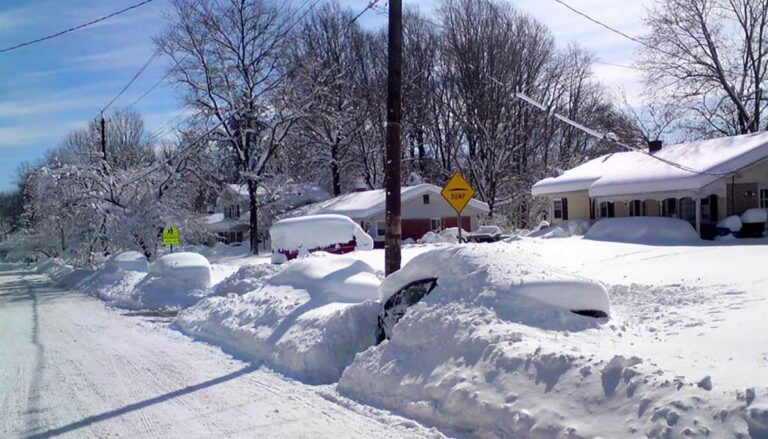The Midwest is buried under a blanket of snow. Over the weekend, regions from the Dakotas down into Texas grappled with sub-freezing temperatures, with some places seeing sub-zero. The unprecedented Arctic blast has claimed lives, snarled roadways and ruined thousands of vaccine doses due to power outages.
This issue has laid bare deep issues with the power grid in regions like Texas, as energy companies buckled under the struggle to heat homes during the winter storm. The blame-game is in full effect, with partisans from either side of the aisle pointing fingers at each other over the breakdown in the power grid and struggling to regain control of the situation.
So, how did this happen? How is it possible that Texas, as far south as Galveston, is seeing more snow than many Texans had previously seen in their entire lives? Well, the answer lies in the Arctic.
The Polar Vortex
The polar vortex is a swirling mass of freezing air over the Arctic Circle. Due to the movements of the atmosphere, the polar vortex is usually hemmed in by the strong currents of the jet stream. The jet stream, which affects much of the weather in the northern hemisphere, is a powerful West-to-East wind current that usually keeps arctic weather bottled up in the Arctic.
However, global climate change has dramatically altered the movements of the atmosphere. One consequence of this is the weakening of the jet stream. As the jet stream grows weaker, it makes more and more pronounced southward dips. This dip happened to bring it directly over the continental United States, gripping the Midwest with cold, dry air and icy conditions.
What Can You Do?
In the short term, there is nothing that can be done about this. It’s simply a grim reality that every state will need to prepare to face. Scaling up on winter weather preparedness gear like snowplows, salt trucks, chains and the like needs to be done even in states that border Mexico or the Gulf.
In the long-term, changes to energy consumption and production that would reduce the US’s carbon footprint could help to repair the natural cycles of the polar vortex and the jet stream. For now, however, the people in the grips of the winter storm need to hunker down, stay indoors and stay safe. According to reports, yet another winter storm is on the way in Wednesday evening, threatening to dump even more ice and snow all over the US.





